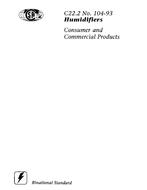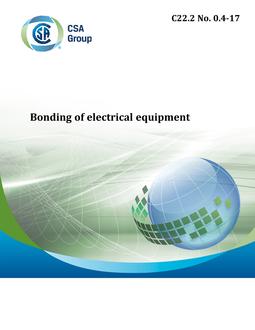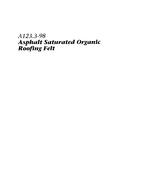Preface
This is the first edition of CSA C22.2 No. 300, Portable power equipment, one of a series of Standards issued by CSA Group under Part II of the Canadian Electrical Code.
This edition was written to address portable power requirements as typically employed in entertainment (carnivals, concerts, movie shoots, etc.), mining, and construction applications. Future editions might allow for the inclusion of other additional applications.
For general information on the Standards of the Canadian Electrical Code, Part II, see the Preface of CAN/CSA-C22.2 No. 0, General Requirements ? Canadian Electrical Code, Part II.
Scope
1.1
This Standard applies to electrical power equipment that is generating or distributing power, and that is intended for temporary use in a portable manner. Portability can be achieved by including lifting handles, being mounted on skids, being mounted on wheels, etc.
Note: “Mounted on wheels” can include wheeled mounted equipment that can be moved by one person, up to large truck- or trailer-mounted assemblies. Similarly, “mounted on skids” can include equipment that is small enough and light enough to be moved by one person, up to large or heavy units that can only be skidded with larger towing vehicles or lifted and moved with hoists or cranes.
1.2
The equipment described in this Standard is intended for use and installation in accordance with the rules of CSA C22.1, Canadian Electrical Code, Part I, and can be rated as low voltage or high voltage based on the specific product types described in individual clauses.
1.3
This Standard is intended to be used with other standards as specified in each individual clause.
1.4
This equipment may be used indoor or outdoor or both as specified in each individual clause.
1.5
This Standard does not apply to
a) portable equipment consuming power such as hand tools;
b) “mobile equipment” as defined in Clause 3; and
c) lighting control and dimming equipment.
1.6
In this Standard, “shall” is used to express a requirement, i.e., a provision that the user is obliged to satisfy in order to comply with the standard; “should” is used to express a recommendation or that which is advised but not required; and “may” is used to express an option or that which is permissible within the limits of the Standard.
Notes accompanying clauses do not include requirements or alternative requirements; the purpose of a note accompanying a clause is to separate from the text explanatory or informative material.
Notes to tables and figures are considered part of the table or figure and may be written as requirements.
Annexes are designated normative (mandatory) or informative (non-mandatory) to define their application.
Product Details
- Edition:
- 1st
- Published:
- 04/01/2018
- ISBN(s):
- 9781488308116
- Number of Pages:
- 176
- File Size:
- 1 file , 2.5 MB
- Product Code(s):
- 2425295, 2425295, 2425295


